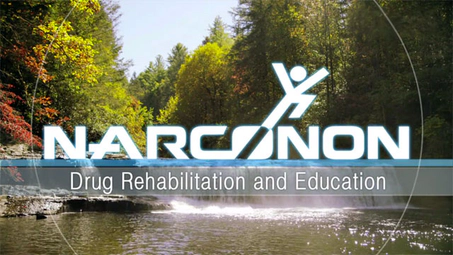The Extent of Drug Abuse and Addiction in Israel
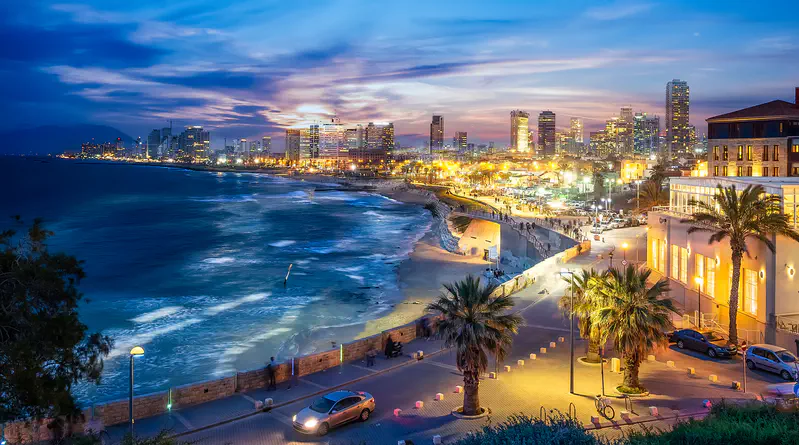
What drug problems exist in Israel? How many people are addicted? It’s rather difficult to find out. Unlike what one finds for European countries, there is no single, complete report on drug problems in Israel. The extent of the problem must be pieced together from news reports and a few international agencies.
Israelis Struggling with Drug Use
According to the United Nations Office on Drugs and Crime (UNODC) as the number of people dying from drug-related causes goes up, paradoxically, the number of people in treatment for addiction has been plummeting.1 You can see the contrast between these numbers in this chart.
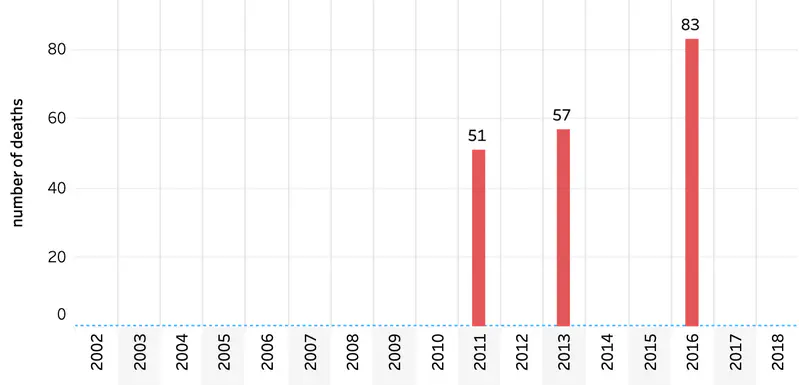
Courtesy of the United Nations Office for Drugs and Crime
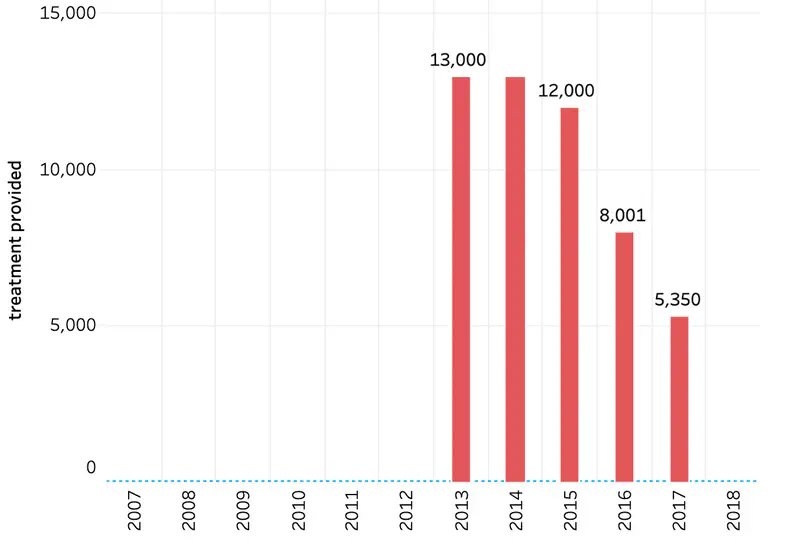
Courtesy of the United Nations Office for Drugs and Crime
The UNODC also reports that 100% of the people in treatment programs in Israel are there to be treated for only one thing: Addiction to opioids.
The non-profit organization Elem that reaches out to people struggling with drug use and addiction compiled information on the number of teens who desperately need help for their drug use.2 This organization collected information from 21,000 young people who had been helped by Elem.
First, they reported that 70% of teens in Israel only struggled with the usual problems of adolescence. But then they noted that 15% of the kids they surveyed were using drugs or alcohol to cope with their problems. Another 4% were wandering the streets, being involved with crime and possibly drug use. Another 1.5% were homeless, involved in crime, drug and alcohol abuse.
The report particularly called attention to the presence of drug abuse among younger adolescents, those aged 12 to 16. This non-profit group called on the Knesset to improve services to these youth.
Cannabis
While Israel permits the medical administration of cannabis, many teens are tapping into illicit supplies of the drug.3 A 2015 survey found that 8.8% of 10th-grade students in secular Jewish schools had tried cannabis. Among students at Arab schools, 11% had tried cannabis. In religious schools, the rate was much lower.
Among all Israelis, the rate of cannabis use is much higher than the global average. The World Health Organization estimates the rate of use in Israel at 27%,1 compared to a global average of less than 4%.
About 2% use some other illicit drug, with an estimated 15,000 to 25,000 being users of some type of drug.4
Cocaine
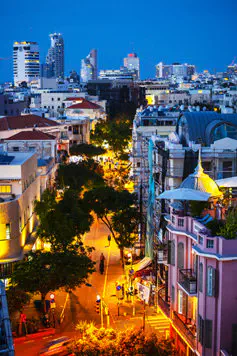
Imagine a quadrangle bounded by Sderot Rothschild and Allenby, Herzl and Ahad Ha’am Streets in Tel Aviv. One news report described it as a region where cocaine use is popular and accepted.5 This posh district near the Great Synagogue of Tel Aviv is heavily supplied with shops and restaurants. According to the news service Haaretz, cocaine use in many of these restaurants and clubs is a well-known phenomenon.
The news report also commented that the spread of cocaine use in Tel Aviv has meant that use has migrated from seedy business establishments to ones with a far more respectable image. Some of these “nicer” establishments even have special shelves in the bathrooms that their patrons can use for the consumption of lines of cocaine.
The rate of cocaine use among Israelis was .6%, slightly higher than the global average.1
Ketamine
Not many countries outside of Asia have a significant problem with ketamine, but Israel does.3 A police chief reported to the Knesset in 2016 that there had been a real surge in the quantities of ketamine seized in the country. But by 2018, the Ministry of Health was warning people that some of the ketamine being circulated in the country was counterfeit. The fake drugs were capable of causing symptoms like loss of connection with reality, hallucinations, anxiety, cognitive problems, seizures, unconsciousness, respiratory depression or even death.
Prescription Pain Relievers
A 2016 news report described a significant rise in the use of painkillers among patients in Israel, noting that this rise could easily contribute to a subsequent rise in addiction to opioids.6 The Ministry of Health reported a rise of 150% in the use of painkillers over just a five-year period.
This increase was followed by responses from drug rehabilitation centers that were seeing an increasing number of people needing treatment for addiction to opioids. This is the same trend that built a terrible problem with opioid addiction in the United States. It’s possible that as many as 10,000 Israelis may already have an addiction to an opioid.
New Psychoactive Substances (NPS)
This is the title given to a very long list of synthetic drugs that have arrived on the market in the last decade or so. In an address to the United Nations in 2014, the head of the Israel Anti-Drug Authority reported that these drugs were being sold as legal substances in convenience stores across the country until new legislation could be passed.7 As a result of a public information campaign and the legislation that made the substances illegal, sales decreased dramatically. However, instead of being sold in convenience stores, they began to be sold through online businesses so the dealers could circumvent the new laws.
A 2019 report in the Israel Journal of Health Policy Research noted the rapid spread of an NPS called Hagigat (translates as Celebration) which was often being used by those who inject drugs.4
Alcohol
Compared to most EU and West and South Asia countries, Israel has low statistics for alcohol consumption, as you can see in this chart. (The two countries with no bar at all had no alcohol consumption figures available.) This low rate has been maintained, year after year.
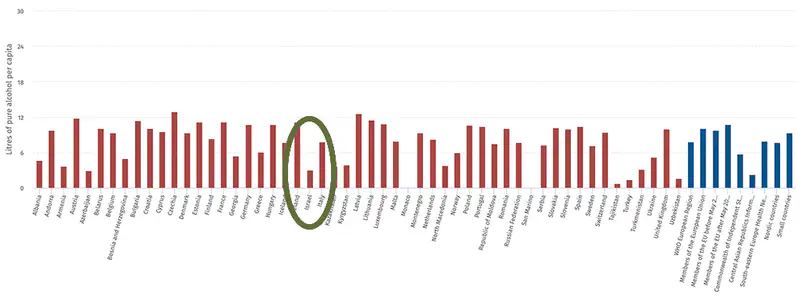
Courtesy of The World Health Organization Regional Office for Europe
Among Israeli 15-year-old students, only 10% of females and 27% of males have been drunk at any point in their lives.8 Only 5% of females and 17% of males have consumed alcohol in the last year.
How Do Drugs Get Into Israel?
Like any other country, Israel has criminal organizations and families that are dedicated to bringing drugs into the country and laundering their proceeds. In 2019, Interpol reported on the arrest of 42 people that were running a drug operation in Israel as well as Germany, the United States and Ukraine.9 The group was trafficking marijuana, hashish, cocaine and ecstasy into these countries.

Other traffickers move drugs across the Egyptian border, as was reported in 2017.10 In that incident, 15 drug smugglers tossed 100 kg of hashish over the security fence between the two countries. The two people waiting for the shipment on the Israeli side were arrested.
Drugs such as ecstasy, cocaine and heroin come in primarily from Lebanon to the north and Jordan to the east.
The UNODC reports that seizures of drugs like heroin, cocaine, ecstasy, amphetamine-type stimulants and hashish are low and remain flat, year after year.1Seizures of herbal cannabis, however, began to soar in 2014 and remained very high after that.
Resolving the Problems
In Israel, tax-based funding covers drug and alcohol rehabilitation services for the addicted.11 There are volunteer and community centers that offer support and help for the addicted with the goal of funneling these people into rehab programs. These addicted people who are also often homeless can also get clothing and food and take showers.
But recently, news service Haaretz reported that many homeless people that had frequented a support center near the Central Bus Station were no longer able to receive support and help from this center.12 The loss of care at this center resulted from a denial of funds that had been budgeted but were not transferred to the volunteers for this purpose.
This center had previously been sponsored by the Health Ministry, the Israel Anti-Drug Authority and the Israel AIDS Task Force. But after 18 months during which no rent was paid for this support center, they had their power shut off and were no longer able to help. For the people who had counted on this center for a little food, care and possible access to rehabilitation, this was a tragic loss.
Sources:
-
United Nations Office on Drugs and Crime (2019), “Annual prevalence of drug use (latest year available) relative to the 2019 global estimate”. UNODC Article ↩︎ ↩︎ ↩︎ ↩︎
-
Toi Staff, The Times of Israel (2019), “Almost one in three Israeli adolescents at risk, report finds” The Times of Israel News Article ↩︎
-
Ido Efrati, Haaretz.com (2018), “Ketamine Use in Israel Is ‘Booming’, Police Report” Haaretz News Article ↩︎ ↩︎
-
Hagit Bonny-Noach, Israel Journal of Health Policy Research (2019), “Harm reduction drug policy in Israel: what has been accomplished and what still needs to be done?”. Israel Journal of Health Policy Research Article ↩︎ ↩︎
-
Omer Shubert, Haaretz.com (2017), “Tel Aviv, Have a Sniff: The Unexpected Places You Can Find Cocaine in the City”. Haaretz News Article: ↩︎
-
Ido Efrati, Haaretz.com (2016), “Painkiller Use in Israel Rose 150%, Prompting Addiction Worries” Haaretz News Article ↩︎
-
Israel Anti-drug Authority (2014), “United Nations Economic and Social Council Commission on Narcotic Drugs”. UNODC Commission Session: ↩︎
-
World Health Organization European Gateway (2014), “Country Profiles: Israel Child and adolescent health”. WHO Country profile ↩︎
-
Interpol (2019), “Online drugs ring: Israel requests INTERPOL Purple Notice”. Interpol Article ↩︎
-
David Rosenberg, Israel National News—Arutz Shiva 7 (2017), “Massive drug bust on Egypt-Israel border”. Israel National News, News Article ↩︎
-
Leo Giosuè, The Jerusalem Post (2019), “The State Of Israeli Healthcare: Substance Abuse & Rehabilitation In Israel” The Jursalem Post, News Article ↩︎
-
Vered Lee, Haaretz.com (2019), “Opinion | Israel Strategic Affairs Minister’s Cruelty to Drug Addicts”. Haaretz Opinion piece ↩︎
